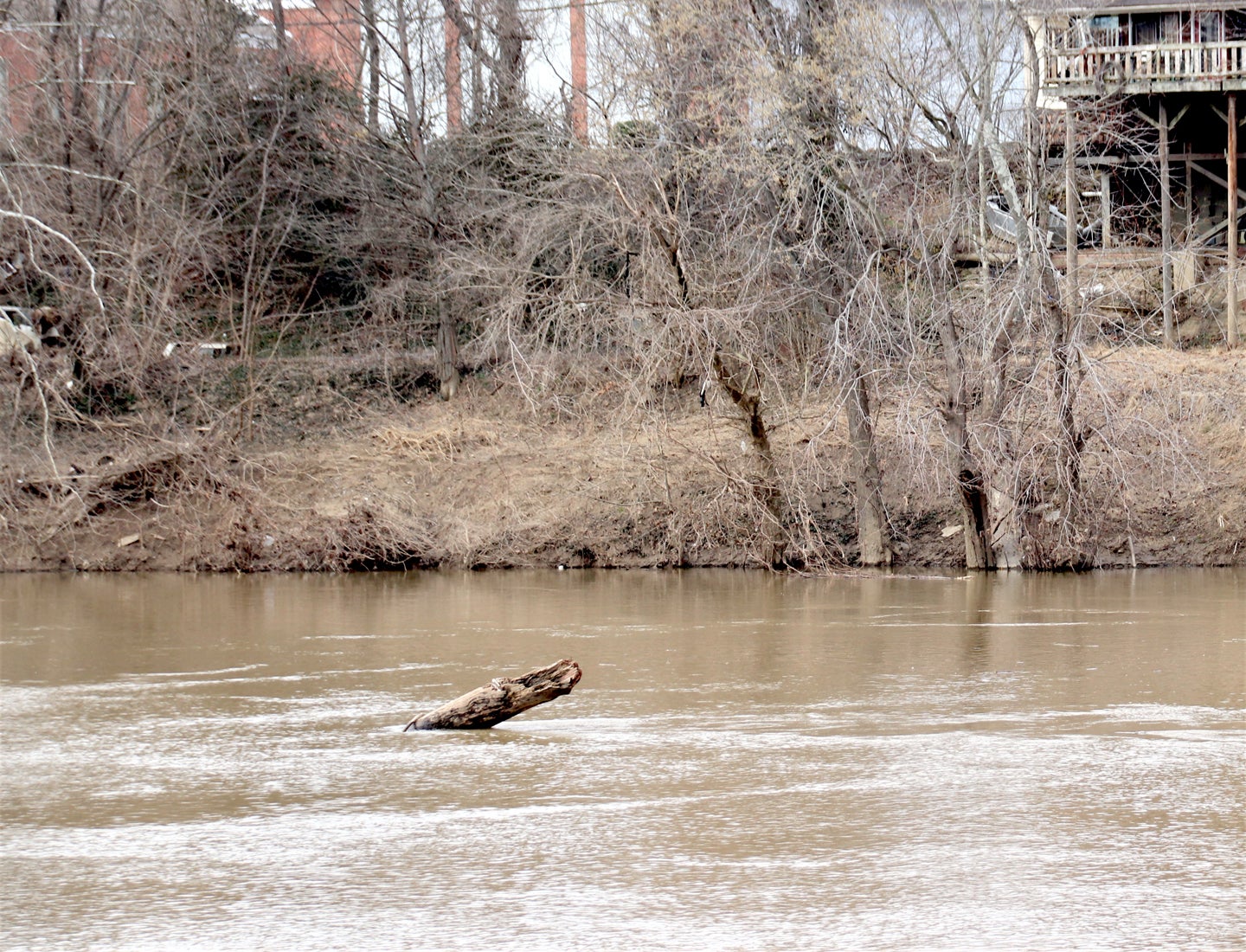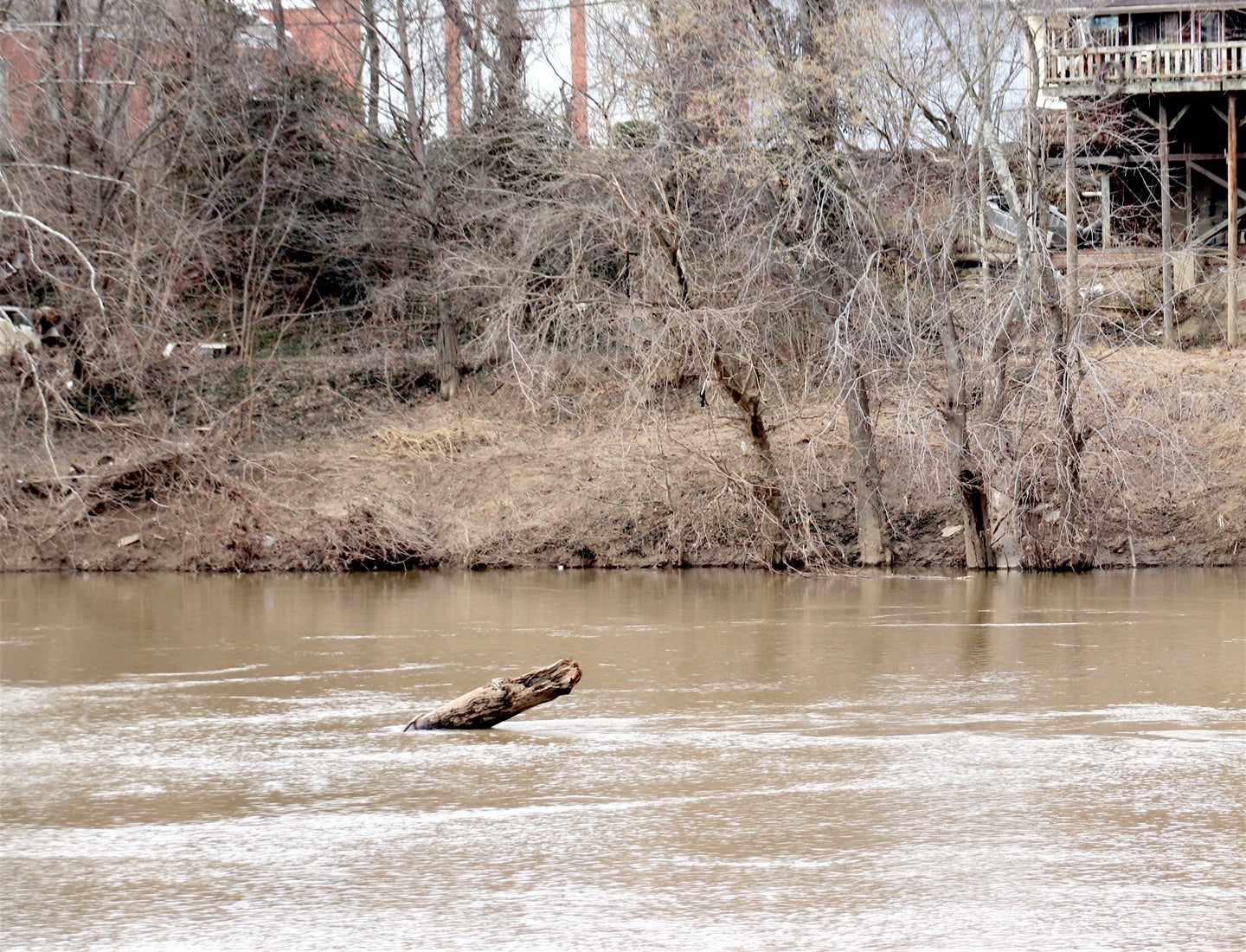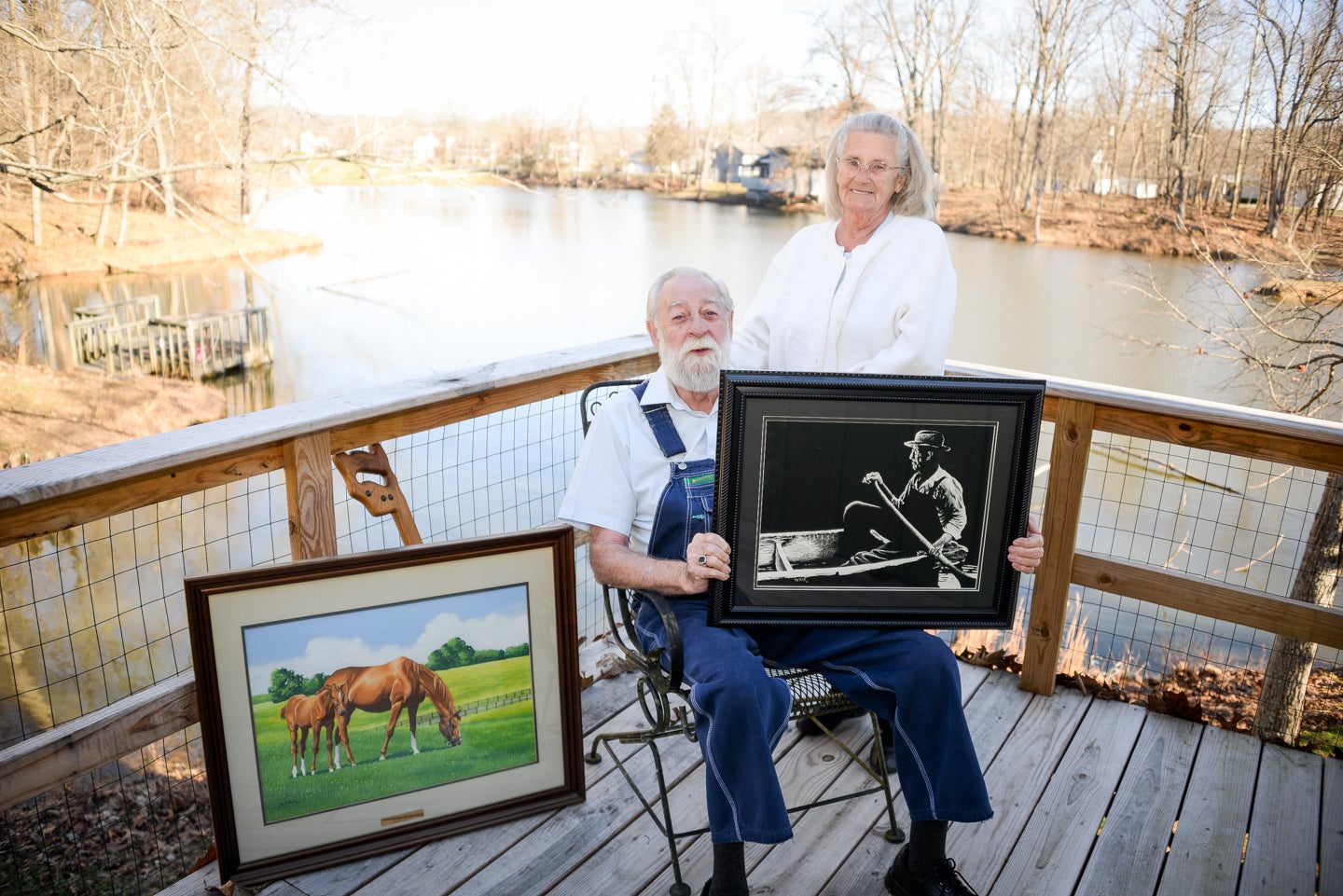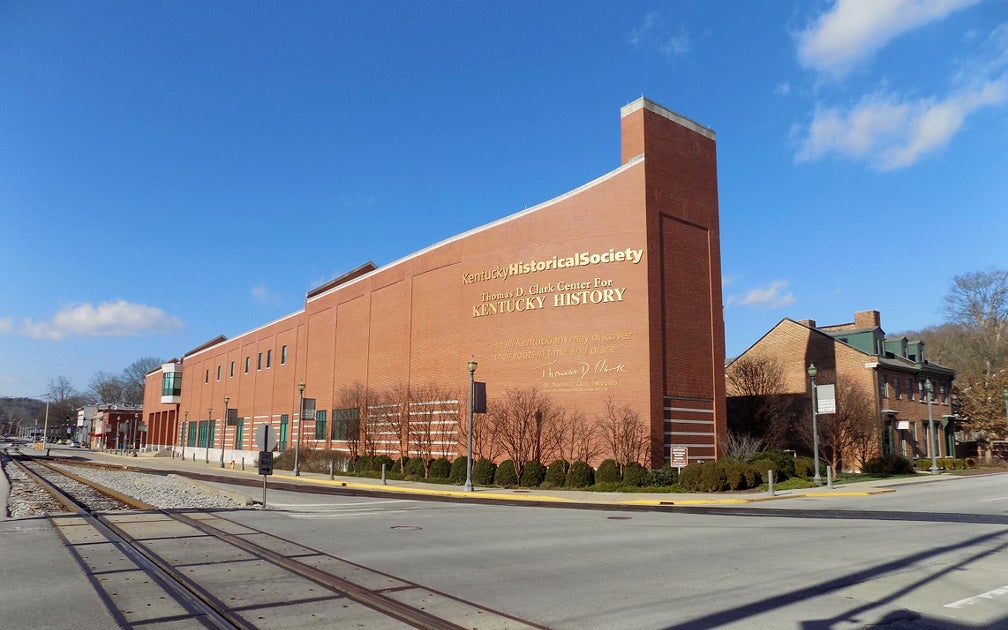Frankfort owes its existence to the Kentucky River. In 1790, rivers were the quickest and cheapest way to move goods to market. In Frankfort, traveling up the Kentucky River was blocked by a sandbar at the mouth of Benson Creek. Only during high water could a boat pass over this obstruction.
Until 1820, vessels using the Kentucky River were flatboats and locally built sailing ships. These vessels all made one-way voyages down river, the flatboats ending their voyage at New Orleans and sailing vessels sailing to East Coast ports. These one-way voyages ended in 1820 with the introduction of steamboats, as they could use their paddlewheels to overcome the effects of the river’s current.
While the flatboat had a life expectancy of less than a year, the steamboat had an average life of five years. Literature is full of tales of steamboats coming to grief by having their boilers explode or cargo catch on fire. The main reason for the short life of steamboats was snags and sawyers. These river obstructions all too often punched holes into the wooden hulls of the steamboats sending them to a watery death.
What were snags and sawyers?
They were trees that had been growing along the river’s bank until flood waters undermined their position causing the trees to topple into the river. The swift current of the river, when in flood, would then carry these trees down river until water levels dropped to normal. Here the trees would be deposited in the bed of the river, sometimes near the riverbank, but more often in the middle of the river.

When a tree was torn from the riverbank, its root system, encased in earth, would accompany it. The weight of the roots, with their clinging earth, would act as an anchor against the buoyancy of the tree’s wood. The abrasive power of the river’s water, enhanced by silt and other debris it carried, would strip away the sunken tree’s leaves and smaller limbs. What would be left embedded in the river would be the solid core of the tree — its trunk. Depending on the height of the tree and the depth of the water, the sunken tree would either extend beyond the surface of the river or lie hidden beneath its surface.
These trees sunk in the river went by two names, snag and sawyer. A snag’s tree trunk generally faced upstream, fixed like a fence stake with its top pointing at an angle ready to punch a hole into the bottom of any boat passing over it or striking it. Snags did most of their deadly work at night or when the river was encased in fog or rain. The resulting decreased visibility lessened the chances of a steamboat’s pilot or captain being able to take action before striking the snag.
A sawyer was much like a snag but with a critical difference. A sawyer generally faced downstream, tied to the river’s bottom by its root system. The critical difference between a snag and sawyer was that the sawyer’s tree trunk bobbed up and down like a teeter totter in an unpredictable rhythm. Sometimes the sawyer’s tree trunk broke the surface of the river. Other times, it remained hidden below the river’s surface. Pity the poor steamboat passing over a sawyer when its natural rhythm caused its trunk to rise up and punch a hole in the hull of the passing steamboat. More steamboats were lost on the Kentucky River by hitting a snag or sawyer than from any other cause.
During the period 1880 to 1990, the Corps of Engineers managed the waters behind Lock & Dam #4. Every spring the Corps would send a flotilla of work boats up river to remove any snags or sawyers deposited in the river by winter storms. Since the Corps turned control of the waters of the Kentucky River over to the Kentucky River Authority after the end of commercial barge traffic on the river, springtime sweeps of the Kentucky River for snags and sawyers no longer take place. I was recently reminded of this as I observed a snag sitting in the Kentucky River at the foot of Dabney Street.
When in downtown Frankfort, stop off at the Capital City Museum and visit their Kentucky River room. The museum is always looking for Kentucky River artifacts to add to their collection.










